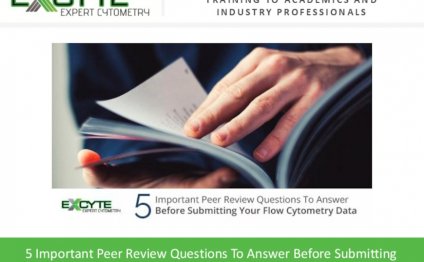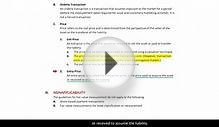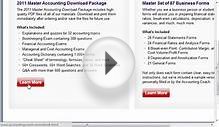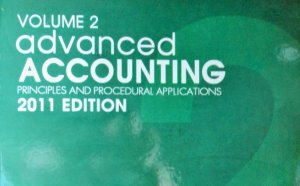
Financial Accounting review questions
The financial accounting and reporting (FAR) test on the CPA exam has the same format as the auditing test. You have 4 hours to answer 90 multiple-choice questions and 7 simulation questions. Fifteen of the multiple-choice questions and one of the simulation questions are pretest items, which don’t count toward your grade.
Test-preparation companies recommend that you spend 150 to 180 hours studying for the FAR test. This test requires the most hours of study. Following are some factors to consider in your study plan.
Understanding source documents
The FAR test includes questions on your ability to post accounting transactions. CPAs post transactions using source documents. Source documents are the original records that support an accounting transaction.
If you haven’t worked as an accountant, talk to someone working in the industry about source documents. People who work in accounting use source documents to post transactions all the time. Run down the types of transactions that your test-prep material mentions Ask your friend about the source documents he or she uses for each type of transaction.
Here are some common transactions and the source documents used to post the transactions:
- Posting revenue (sales): Source documents include a copy of the invoice that was sent to the client. If the company sells a physical product, accountants typically require a shipping document. This document verifies that the product was shipped to the client. A CPA may also review a contract with the client or some sort of customer order form.
- An accountant would need several documents before a check goes out to a vendor. Most firms use a purchase order form (P.O.). A P.O. is a formal request from an employee for a product or service. If you manufacture blue jeans, your factory manager may complete a P.O. for denim, a raw material used in production.
After the purchase order is approved, an order is placed with the vendor. When the denim is received, the vendor includes a copy of the invoice and a packing slip. The packing slip lists what was actually shipped. An accountant agrees the information (price, number of items, and so on) among the purchase order, the order sent to vendor, the invoice, and the shipping document.
If all the information agrees, a company official reviews the documents and writes the check for payment. Cash is reduced (credited) and an expense is posted (debited). In some cases, an expense is posted and an accounts payable balance is set up when the goods are received. When the company pays for the goods, accounts payable is debited (reduced), and cash is credited (reduced).
- Increases and decreases to inventory: Purchases increase inventory. An order is placed with a vendor, and goods are received into inventory. Inventory is debited (increased) and crediting sets up an accounts payable balance.
When a check is written for inventory, cash is reduced (credited) and accounts payable is reduced with a debit. Inventory, keep in mind, is an asset account. The inventory item doesn’t become an expense until it’s sold. When a sale is made, revenue or sales is increased. At the same time, inventory is reduced and cost of sales (an expense account) is increased.
Calculating answers correctly
YOU MIGHT ALSO LIKE



Share this Post
Related posts
Financial Accounting Reviewer
The Wiley CPAexcel Study Guides have helped over a half million candidates pass the CPA Exam. This volume contains all current…
Read MoreFinancial Accounting interview questions
With the start of a new academic year, we know that finance interviews are again at the forefront of many of your minds…
Read More










